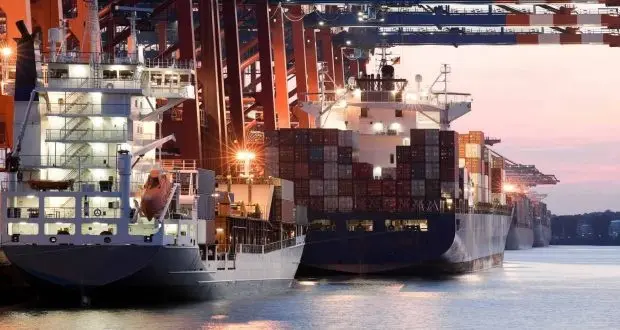Study on EU ports’ charges for sustainable transport released

The European Commission published a report, following its study on European ports’ infrastructure charges to promote environmentally friendly and sustainable maritime transport. The report cites the environmental practices and policies of major European port, aiming to formulate recommendations for port authorities, Member States and the EU with a view to fostering a wider implementation of environmental charging.
As explained, around 80% of world trade in terms of volume is carried by sea, and this share is expected to grow considerably in the near future. Despite being considered a relatively energy-efficient and climate-friendly mode of transport, maritime transport also has adverse impacts on the environment, human health and climate, which are causes for great concern. Adverse impacts are common to all transport modes and generate external costs that are not fully borne by users, such as pollution, noise, congestion, accidents and spills, etc.
The study’s objectives can be summarized in the following:
- Updating information and data of EU and worldwide existing practices’ inventories.
- Examining the benefits and costs, including the economic aspect and environmental potential, of certain schemes, and identify good practices.
- Develop recommendations and guidelines for the voluntary application of environmental charging principles in European ports.
At least 30 TEN-T ports apply differentiated charges for cleaner shipping / Credit: EU Transport / twitter
Lessons learnt
The lessons learned from the study suggest that the situation could be improved in the future if:
- A set of minimum requirements are defined at EU level to establish when a ship can be considered ‘green’ in terms of waste management. The requirements should be sufficiently clear and detailed to allow for an easy definition, but at the same time should give the necessary leeway to Member States and port authorities for defining their incentive systems based on their special needs and characteristics. This is closely linked with the statement quoted above, according to which rules mandatory for everyone would be more effective.
- Considering the inherent difficulties to establish what is a green ship, it may be useful to rely on existing indexes and certifications, which are perceived as reliable in the shipping sector. With the 86 benefit of 11 years’ hindsight, today it is possible to note that their uptake has increased
spontaneously to the point that environmental charging in the EU revolves almost entirely on third party certifications and indexes.
- Whatever the system adopted, it should be easy and transparent to implement. Certifications and indexes tend to reduce the workload for port authorities and ship owners, while the Swedish example of stakeholder consultation might serve as a useful model for transparency.
- While ports should remain free to design their incentive mechanisms and assign a budget that it is compatible with their resources, it should be emphasised that the incentives need to have a certain monetary significance to be effective.
- At the same time, since there may also be benefits in terms of positive image, it may be useful to take the necessary measures to make sure that green ships are duly acknowledged as such.















![AIRBUS A380 [MORE THAN 600 PASSENGER’S CAPACITY PLANE]](https://cdn.tinn.ir/thumbnail/4jCp4EQvCU0b/IjHVrSYQrIAqIzXuTzADR7qLYX4idQT4nfq__26E5SCUPLMqfhWkWajvuO9Wfq1ql1TjV4dhkrHliNQU82kMpo2NNftT_NGEwHc9KXtN_rk731bmifa2IQ,,/airbus-a380-structure1.jpg)

Send Comment